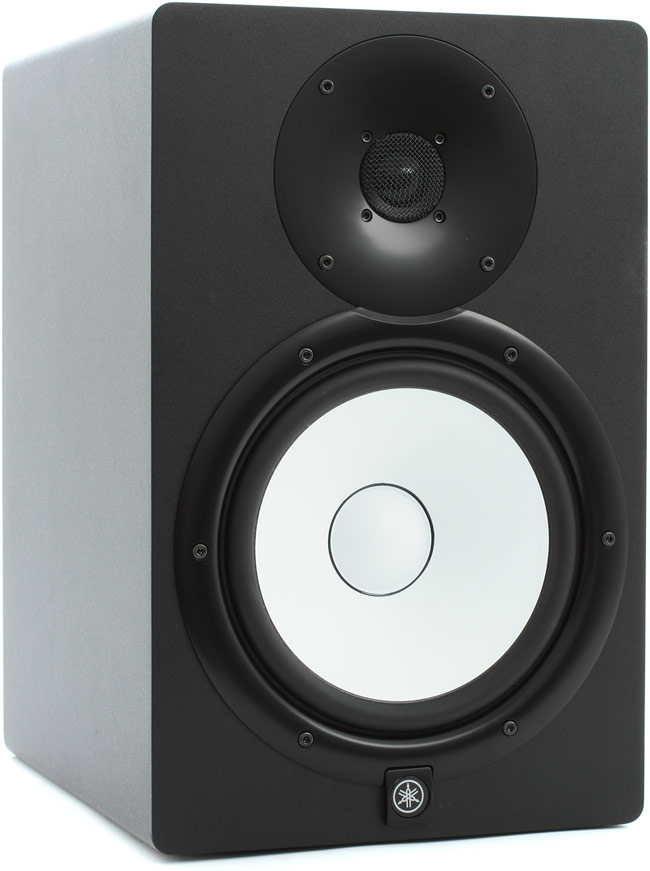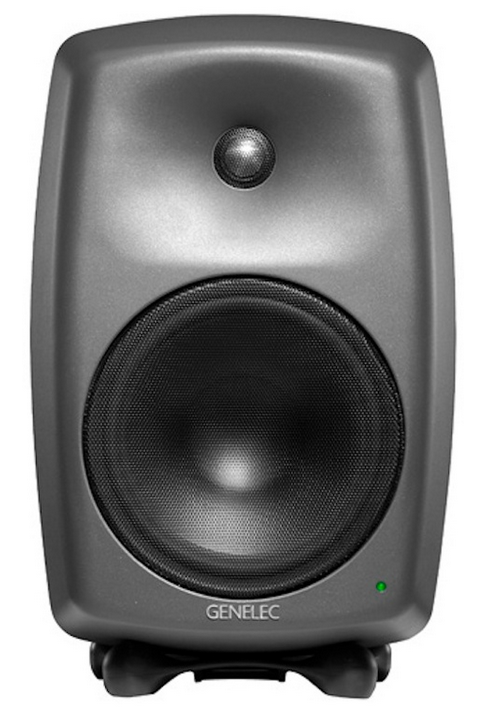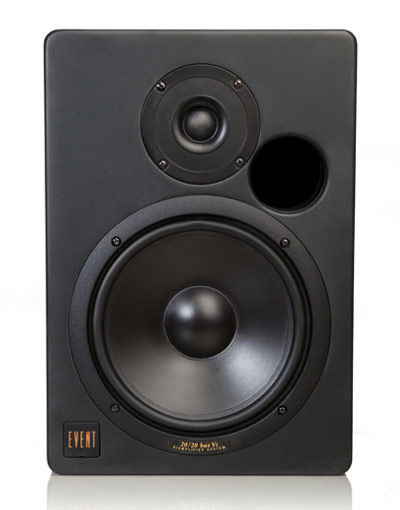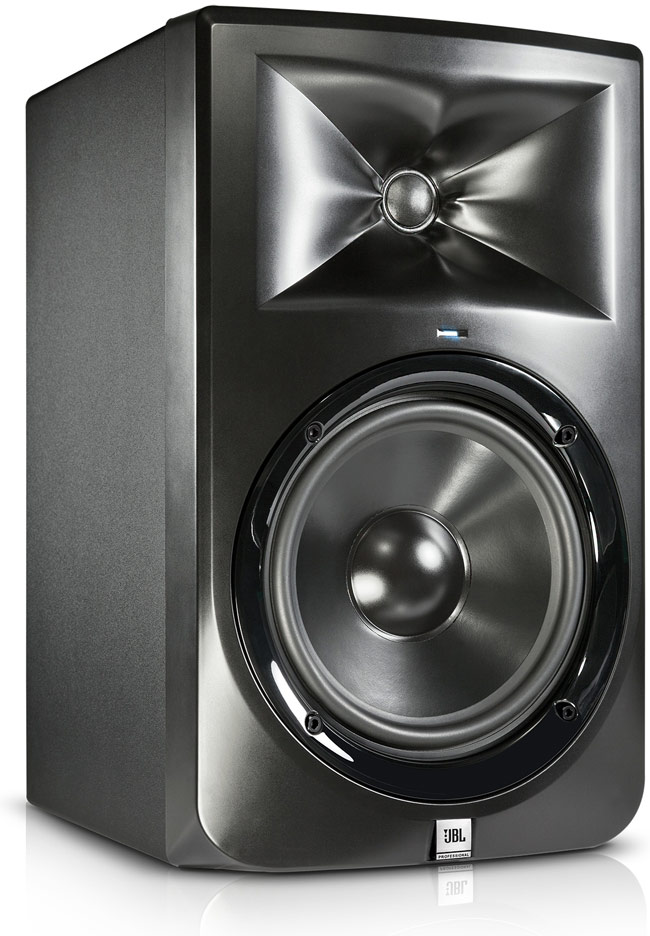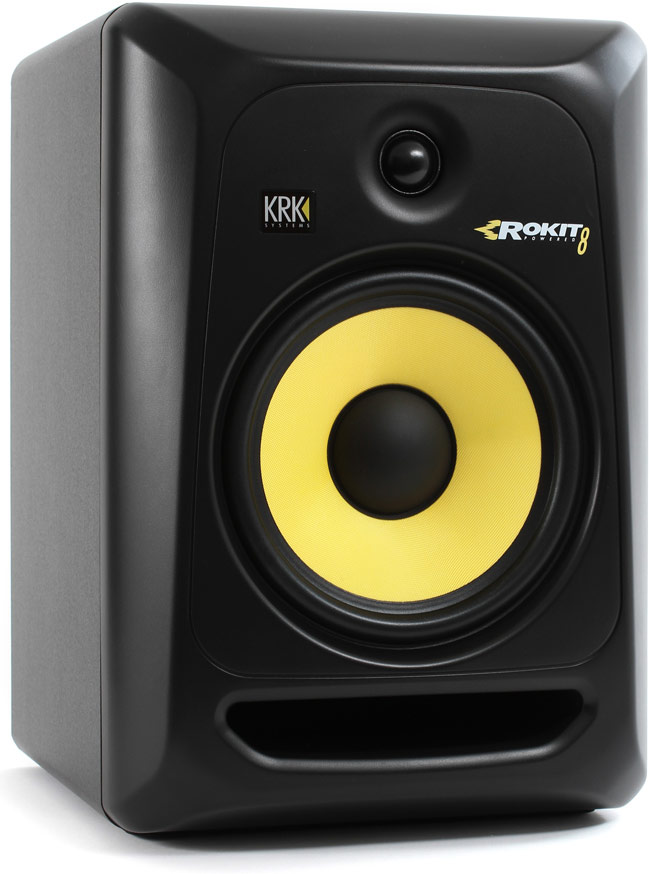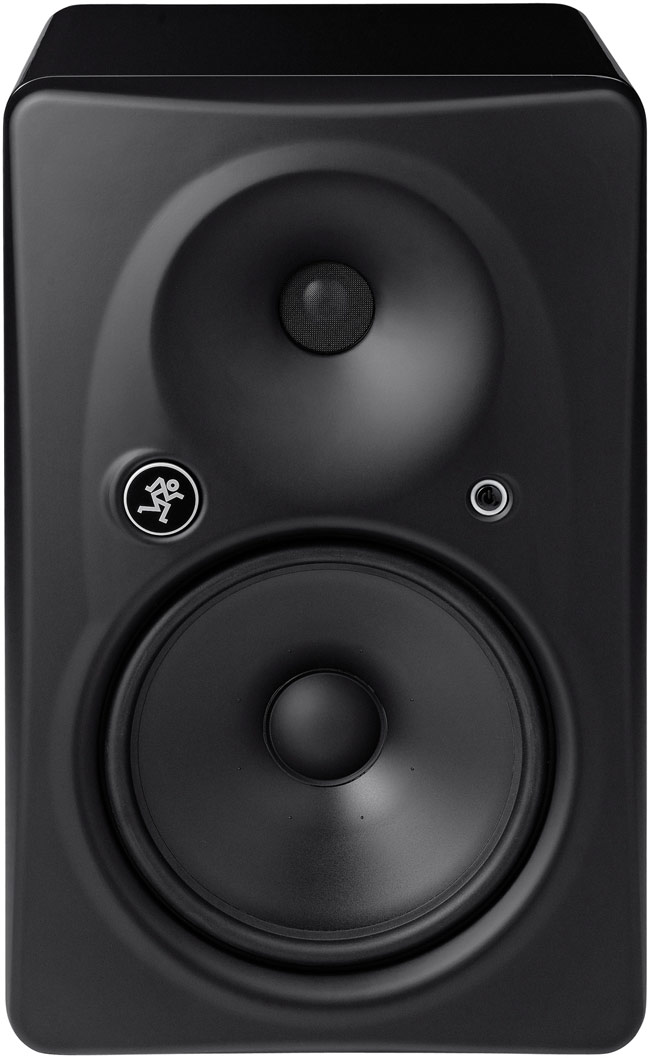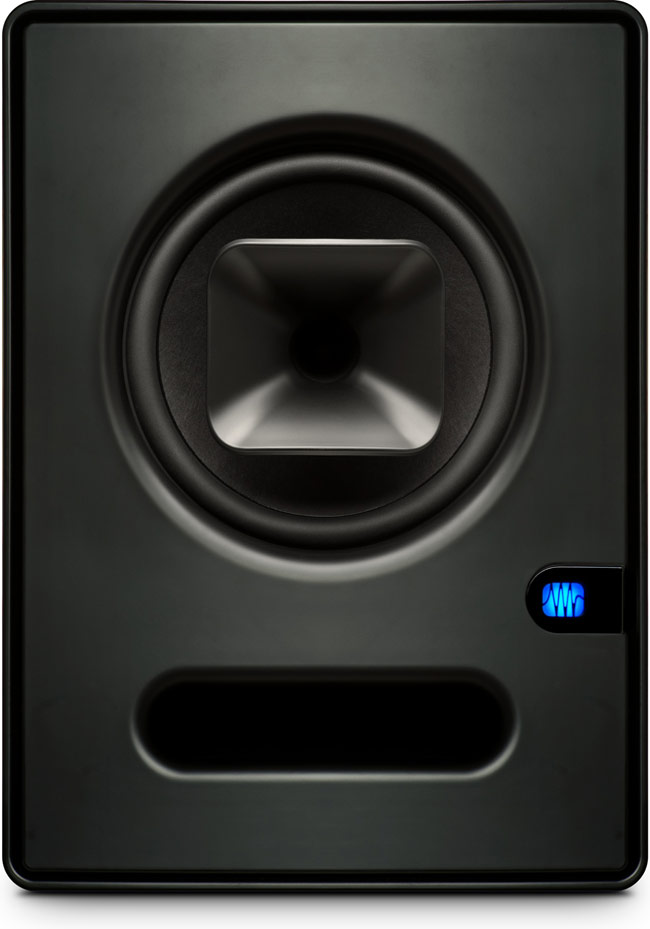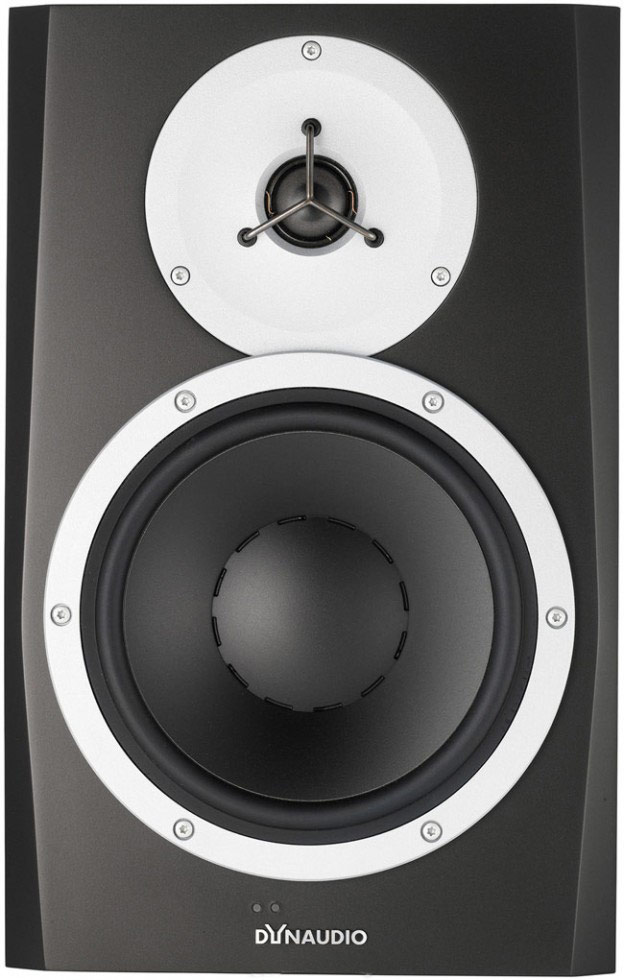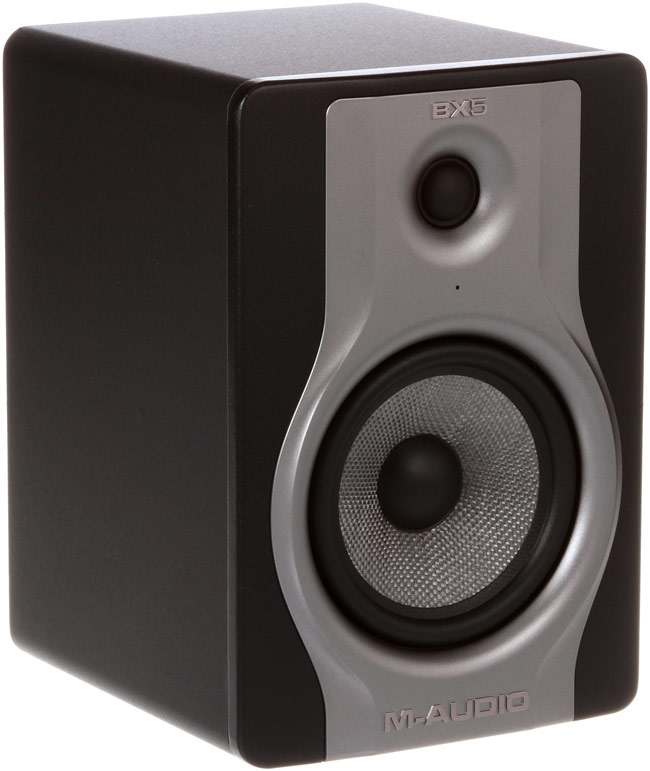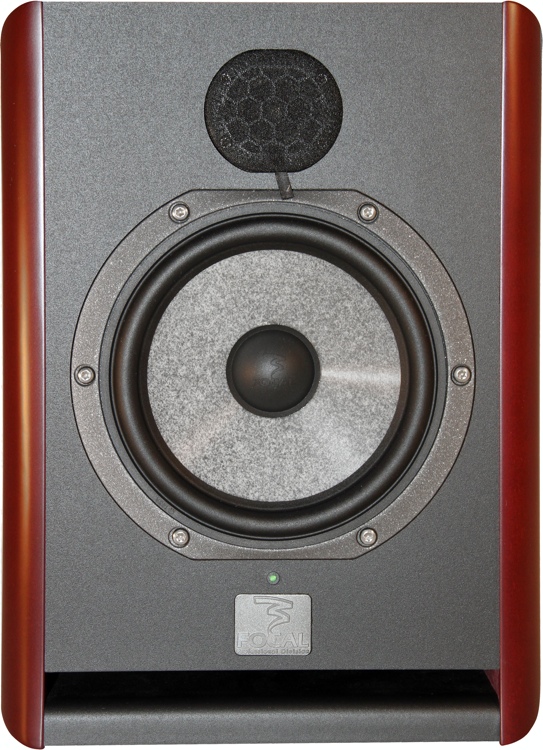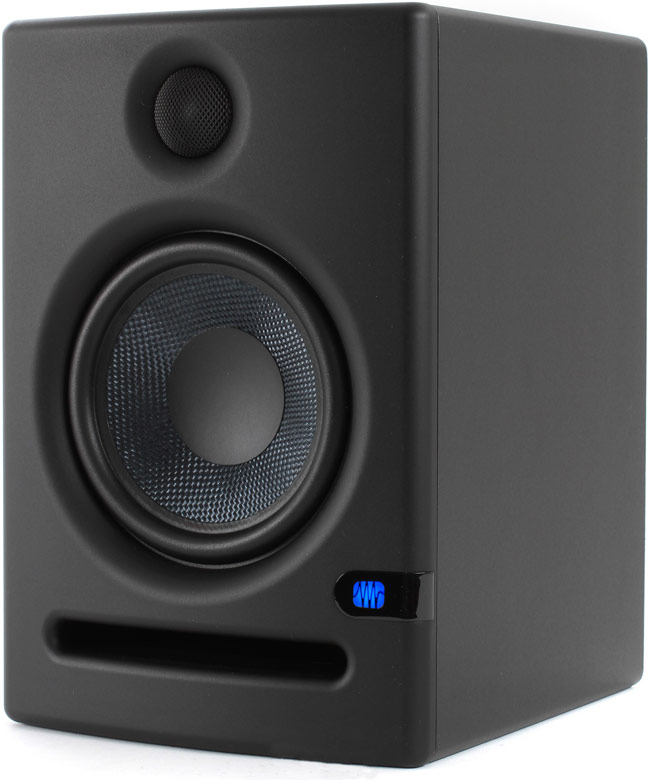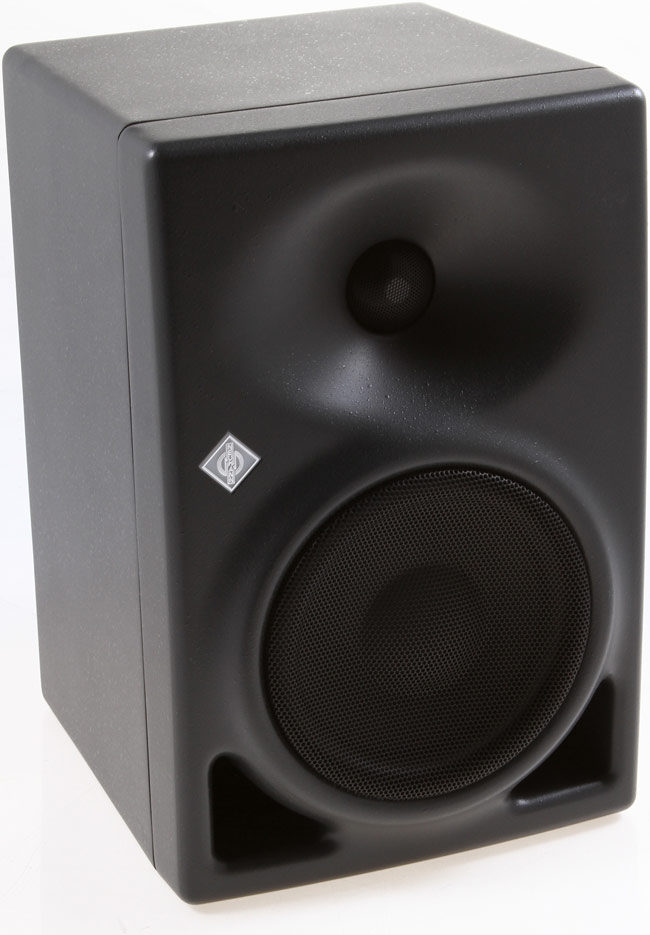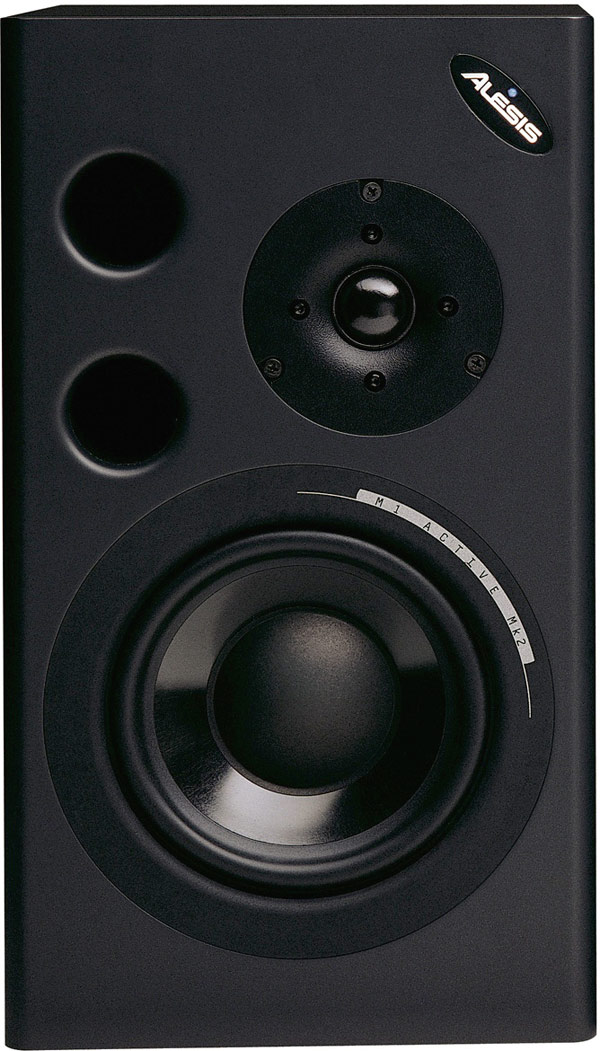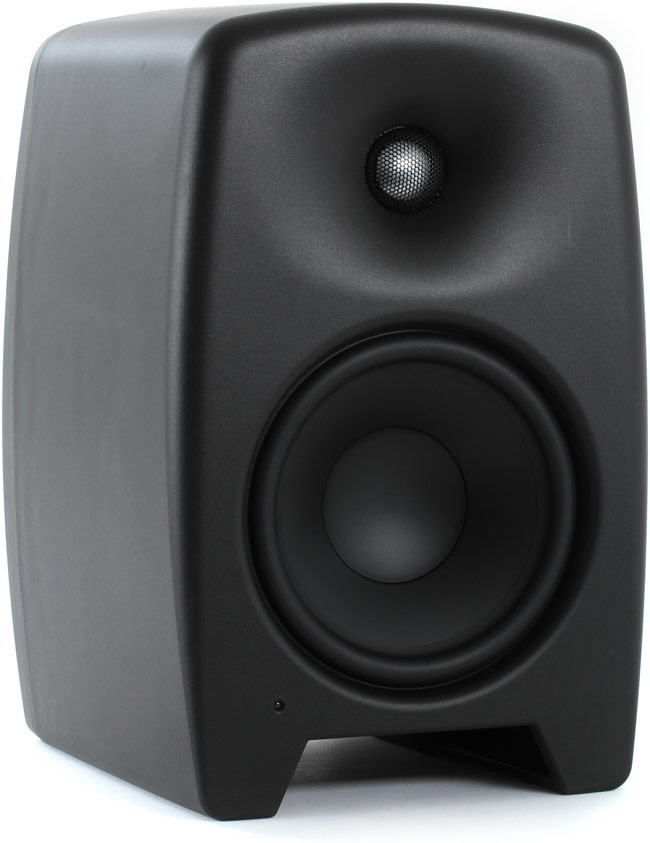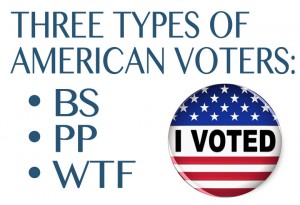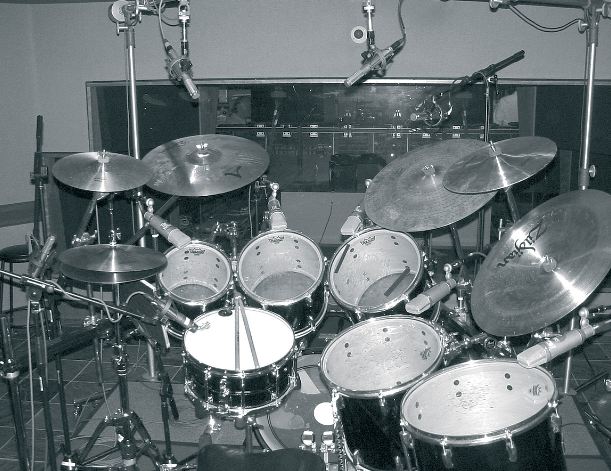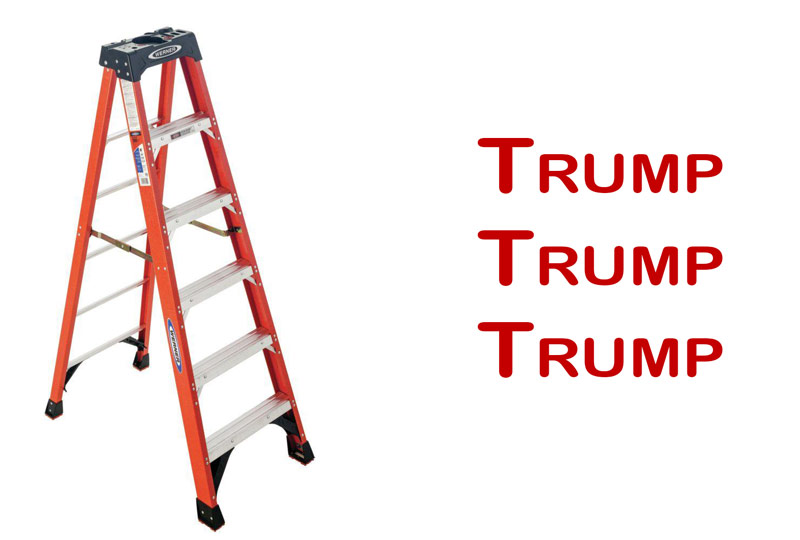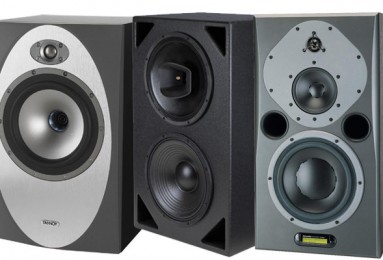 Accurate studio monitors are a must when mixing and recording. As such, buying a pair of the best studio monitors you can get your hands on is an important part of building a studio. If your studio speakers aren’t accurate then everything you’re doing is, literally, incorrect. You need your monitors to be truthful to your ears.
Accurate studio monitors are a must when mixing and recording. As such, buying a pair of the best studio monitors you can get your hands on is an important part of building a studio. If your studio speakers aren’t accurate then everything you’re doing is, literally, incorrect. You need your monitors to be truthful to your ears.
We’ll compare studio monitors that fall under the near-field category: usually 12-inch and under woofer, two-way, and they aren’t meant to be soffit mounted. Near-field monitors are for smaller control rooms and usually placed on a desk or the top of the console so they are closer together and closer to the engineer than mid-field or mains.
To save writing space, we’re also only going to compare powered studio monitor prices and not bother with passive. The prices are an average taken from various audio gear stores.
For background, I’ve had two pairs of near-fields for years: Yamaha NS-10s, and Tannoy Series 800. Neither of them were expensive, nor particularly “amazing”. But I don’t monitor at high levels, and I know them well so can trust what I’m hearing, which is the key.
Active Studio Monitors: 7 to 8-inch Woofer
If this is the first time you’re bought studio monitors, you want to note that most of the powered 8-inch studio monitors are priced individually (except the Event 20/20). You’ll also see that the prices can be from a couple hundred dollars to thousands.
You also need to ensure that the monitors you select fit your space. If you’re working in a small space, it’s a massive waste to get big monitors. Bigger monitors require more spacing (left to right, AND the engineer sitting further back to stay in the sweet spot). If you cannot install them with the required space, then your stereo image won’t be right. The moral: sometimes smaller and less powerful is better. Especially if smaller is what your space requires.
As the woofer size approaches 8-inches you’ll begin to get a cleaner low end than smaller near-fields, but be very wary of the rigidity of the woofer itself. You want your studio monitors to have a tight and clear low-end. Many of the less expensive models get boomy and “flappy” when you start to push them. Remember: your monitors aren’t supposed to be like a bazooka subwoofer in a car where all you can hear is the bass and rattle of the license place. You need balance and clarity when recording and mixing (at all levels).
You with near-field studio monitors you also need to be careful about how they are tuned. Personally, I’ve never been a huge fan of KRK (but I’m probably in the minority). When you read the description by the company you’ll find, “..while delivering substantially extended bass response.” An extended bass response isn’t what bothers me, it’s the “substantially” extended that mandates a lot of listening before buying. The G3s are a lot better than the earlier generations, though.
If you can, listen before you buy. Listen to songs you know by heart at low and relatively high levels to make sure the monitor isn’t “making it sound better” by giving it a little extra low-end than would be in a non-studio situation. If they do, that doesn’t necessarily mean they’re in any way not as good as other, but it does mean you must be aware of the effect. Most powered monitors will give you a small amount of tuning options to fit your room. As you spend more money (like the Genelec 8250A) the tuning options are many and very accurate for nearly every possible space. When choosing studio monitors, the subtle differences in tuning and clarity are what really make the massive price differences.
Active Studio Monitors: 5 to 6-inch Woofer
If you have a smaller space in which to mix then you can get by with a 6-inch woofer. If you’re not sure, sit in your mixing chair. If where the monitors will be placed is less than 3.5-4 feet from your head, then smaller monitors are a good choice because you can get a better stereo image being that close. As would be expected the low end isn’t as deep as with larger woofers. In reality that’s not much of a loss, however, because the key is clean sound, not just loud and thumping sound. You don’t want to have 30Hz at a high SPL firing in your face when you’re sitting 4 feet away. That’s just dumb. If all else fails you can add a small subwoofer if you feel you require it for mixing. You can switch it off and on as needed so you can A/B and get some perspective.
Smaller studio monitors have dramatically improved in the last decade. When you listen at higher levels, however, the size of the woofer has a tendency to muddy the low end. Using something like the IsoAccoustic stands can help that to a certain extent.
Listen, listen, listen (an not too loud!!). Be a smart audio engineer, not a loud one.
